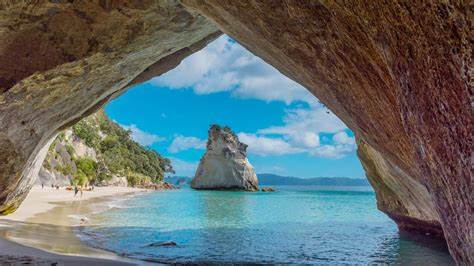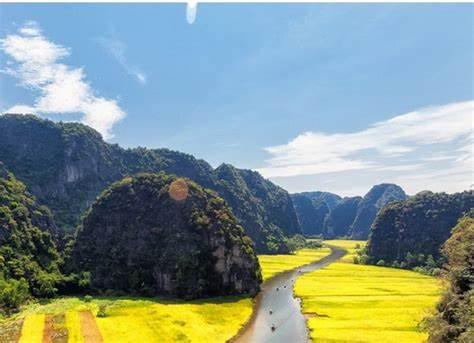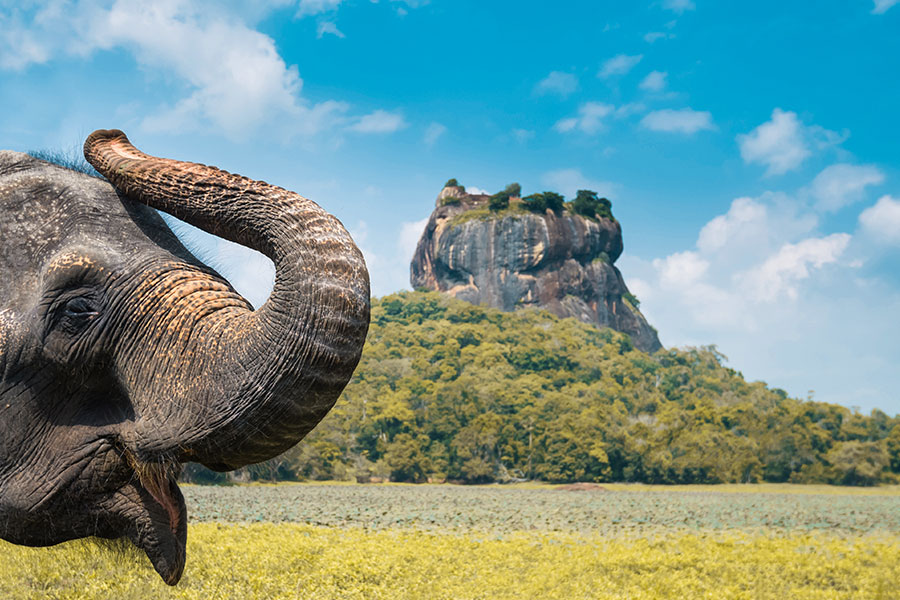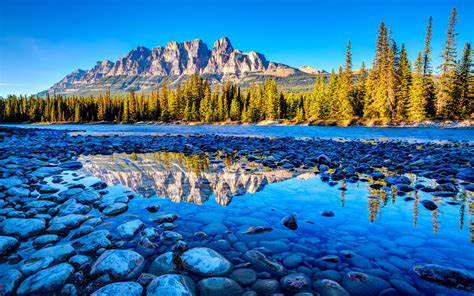Japan, an island nation known for its fascinating blend of ancient traditions and cutting-edge technology, offers travelers an exceptional journey. From serene temples and tranquil gardens to bustling cityscapes and towering skyscrapers, Japan has something for everyone. Whether you’re drawn to historical landmarks, culinary adventures, or scenic beauty, Japan’s diverse landscapes and rich culture ensure that every visit is memorable.
Kyoto: A Glimpse into Japan’s Cultural Heart
Kyoto, once the capital of Japan, is a city where traditional culture is alive and well. Renowned for its zen gardens, Shinto shrines, and Buddhist temples, Kyoto provides a peaceful retreat into Japan’s spiritual past. The iconic Kinkaku-ji (Golden Pavilion) is one of the most famous landmarks in Kyoto, surrounded by lush gardens and reflecting pools that create a serene atmosphere.
Another must-see in Kyoto is Fushimi Inari Taisha, known for its thousands of vibrant red torii gates that lead visitors through a mystical forest path to the shrine at the summit. The sight of these gates, stretching as far as the eye can see, offers an unforgettable experience that connects you to centuries of spiritual tradition.
For those interested in traditional Japanese tea ceremonies, Uji, a small town near Kyoto, is renowned for its tea culture. Here, you can visit tea houses and witness the art of tea preparation while enjoying a calming view of the nearby Byodo-in Temple.
Tokyo: A Futuristic Metropolis with Timeless Charm
Tokyo, the vibrant capital of Japan, is an electric mix of modern skyscrapers, neon lights, and historic temples. It’s a city where the old and new coexist, creating an environment of constant innovation and excitement. The towering Tokyo Tower, inspired by Paris’ Eiffel Tower, offers panoramic views of the sprawling cityscape and Mount Fuji in the distance.
One of the most fascinating areas in Tokyo is Asakusa, home to the ancient Senso-ji Temple, the oldest and most famous temple in the city. Visitors can stroll down the lively Nakamise-dori, a shopping street lined with traditional stalls offering everything from souvenirs to snacks, before entering the temple’s grand entrance, the Kaminarimon Gate.
For those interested in the latest trends and fashion, Harajuku and Shibuya are must-see districts. Harajuku is a hub for youth culture and fashion, where vibrant street styles and quirky shops abound. Shibuya is known for its famous crossing, where thousands of people cross at once in a mesmerizing display of Tokyo’s energy.
Tokyo’s culinary scene is also world-class, offering everything from sushi and ramen to fine dining. Tsukiji Fish Market is a must for seafood lovers, while the street food at Omoide Yokocho (Memory Lane) and Shinjuku offers a taste of authentic, affordable Tokyo cuisine.
Hokkaido: Nature’s Paradise and Outdoor Adventure
Hokkaido, Japan’s northernmost island, is known for its pristine natural landscapes and outdoor activities. In winter, it transforms into a winter wonderland, attracting visitors from all over the world for skiing and snowboarding in resorts like Niseko. The powdery snow and scenic mountain views create a truly unforgettable experience for snow sports enthusiasts.
Hokkaido is also famous for its hot springs, or onsen, especially in places like Noboribetsu and Jozankei, where travelers can relax in natural geothermal waters while surrounded by snow-covered forests. The region is also known for its wildlife, including the famous red-crowned cranes in Kushiro and bears that roam the wilderness of Shiretoko National Park, a UNESCO World Heritage site.
In the warmer months, Hokkaido’s vast fields of flowers, including the famous lavender fields in Furano, provide a stunning contrast to the snow and are a favorite among photographers. The island also boasts breathtaking national parks, lakes, and hiking trails for those seeking adventure in nature.
Nara: Tranquility and Historical Splendor
Just a short train ride from Kyoto, the city of Nara offers an escape into Japan’s ancient past. As the first permanent capital of Japan, Nara is home to some of the country’s most famous historical landmarks. The awe-inspiring Todai-ji Temple, housing the Great Buddha (Daibutsu), is a must-see. This massive bronze statue, sitting majestically within the temple’s grand hall, is one of the largest bronze figures in the world.
The park surrounding Todai-ji Temple, known as Nara Park, is home to hundreds of friendly, free-roaming deer. These deer are considered messengers of the gods in Shinto religion, and visitors are encouraged to interact with them by feeding them special crackers sold throughout the park.
Another significant site in Nara is the Kasuga Taisha Shrine, famous for its hundreds of stone and bronze lanterns that light the paths leading to the shrine. The peaceful atmosphere, combined with the ancient architecture, creates a deeply spiritual experience for visitors.
Okinawa: Tropical Beaches and Rich Culture
Okinawa, located in the southernmost part of Japan, offers a completely different experience from the rest of the country. Known for its beautiful beaches, crystal-clear waters, and tropical climate, Okinawa is the perfect destination for beach lovers and water sports enthusiasts.
The Shurijo Castle, a UNESCO World Heritage site, is one of Okinawa’s most famous cultural landmarks. The castle, once the seat of the Ryukyu Kingdom, showcases the island’s unique architecture and rich history. Visitors can explore its beautiful grounds and learn about Okinawa’s fascinating cultural heritage.
For those looking to relax on stunning beaches, Naha, the capital of Okinawa Prefecture, offers access to both urban amenities and beaches like Naminoue. If you’re seeking adventure, Kerama Islands, just off Okinawa’s coast, are famous for snorkeling, diving, and whale watching.
The region’s cuisine is also a highlight, with dishes like Okinawa soba, taco rice, and goya champuru (a stir-fry made with bitter melon) offering a distinct flavor that is unique to the island.






